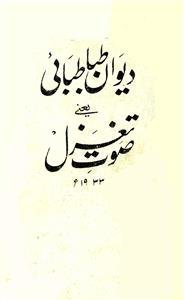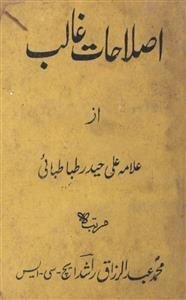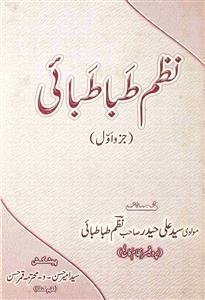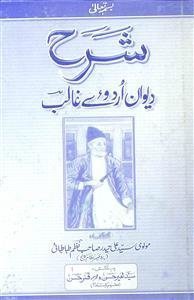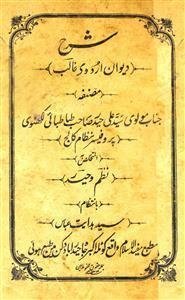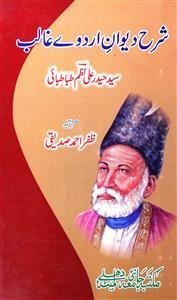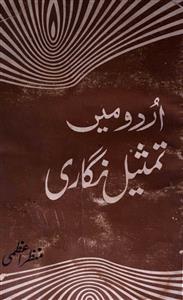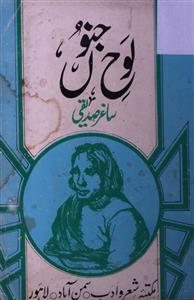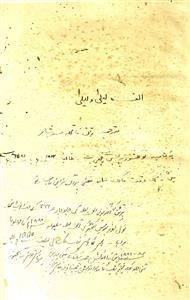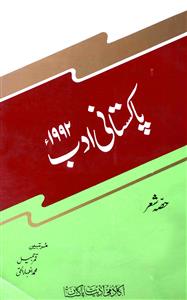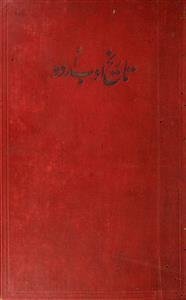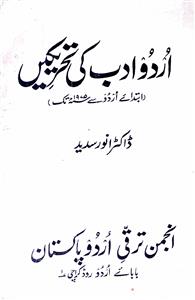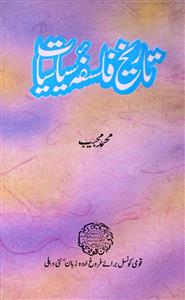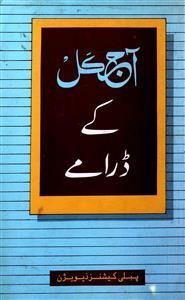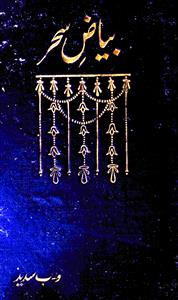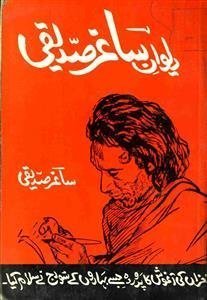 For any query/comment related to this ebook, please contact us at haidar.ali@rekhta.org
For any query/comment related to this ebook, please contact us at haidar.ali@rekhta.org
About The Book
زیر نظر کتاب "دیوان طباطبائی" یعنی "صوت غزل" نظم حیدر طباطبائی کی اردو اور فارسی کی 235 غزلوں اور تین ہزار پانچ سو باون اشعار پر مشتمل ہے۔ دیوان میں شامل غزلیں حروف تہجی کے مطابق ردیف وار مرتب کی گئیں ہیں ،حاشیہ پر ہر غزل کے ساتھ غزل کا نمبر اور تعداد اشعار بھی درج ہے۔ دیواں میں شامل اکثر غزلوں میں لکھنؤ کا رنگ غالب ہے۔ اس کے علاوہ فارسی طرحوں پر کہی گئیں اردو غزلیں بھی اس دیوان مین شامل ہیں۔ وہ خود لکھتے ہیں کہ "میری اردو بھی فارسی سے کم نہیں ہے، میں نے فارسی کی طرحوں میں جو غزلیں کہی تھیں وہ بھی اس مجموعہ میں شامل کردیں، ان غزلوں میں جا بجا معشوقانہ اداؤں کی تصویریں کھینچی گئی ہیں۔" خیال رہے کہ نظم حیدرطباطبائی اردو زبان کے نامور شاعر، اردو و فارسی کے جید عالم، تاجدار اودھ نواب واجد علی شاہ کے اتالیق، کلامِ غالب کے شارح اور نظام کالج ریاست حیدرآباد میں پروفیسر تھے۔ شرح دیوان غالب ان کا بڑا کارنامہ مانا جاتا ہے۔
About The Author
Nazm Tabatabai, one of Urdu literature’s most revered critics and eminent poets, needs no introduction. Born, Sayyad Ali Haidar, on Friday, November the 29th, 1854, in Haidarganj, Old Lucknow, Nazm Tabatabai is credited with acquainting Urdu literature with an earnest scholarly discourse and a rubric for critique. Nazm Tabatabai’s ancestors came to India from Iran and settled in Lucknow. He learned Persian and prosody under the tutelage of Mindolal Zar, and wrote sometimes under the pen-name ‘Nazm’, and sometimes ‘Haidar’. In 1868, at the age of fifteen, he moved to Matia Bridge (Kolkata) with his mother. In 1882 he was appointed to teach the princes at the Shah-e-Awadh Madrasa, Matia Bridge, Calcutta. In 1887, at the behest of Maulvi Syed Afzal Hussain Lakhnavi, then chief justice of Hyderabad, Nazm moved to Hyderabad. On February 4, 1891, he became a professor at Nizam College, Hyderabad. Among his treasured contributions to Urdu literature are, ‘Sharh-e-Ghalib’ and his collection of poems ‘Diwan-e-Tabatabai’. He passed away on 23rd May 1933, in Hyderabad, Deccan.
 For any query/comment related to this ebook, please contact us at haidar.ali@rekhta.org
For any query/comment related to this ebook, please contact us at haidar.ali@rekhta.org
